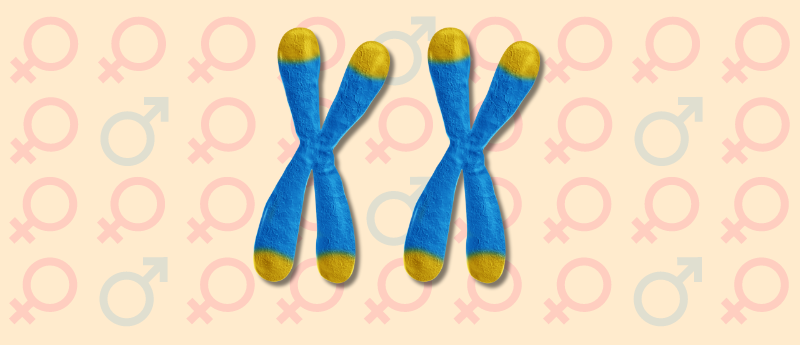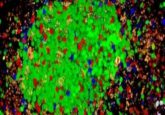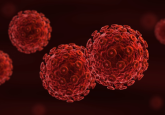The second X: why women are more likely to get autoimmune disorders

Xist, a molecule expressed only in cells with two X chromosomes, has been exposed as a key cause of the disproportionate representation of women in the incidence of autoimmune disorders.
A team of researchers from Stanford University (CA, USA) has used genetic engineering and mouse models to elucidate the role of the molecule Xist in autoimmune disease. Found only in female cells, Xist could explain the disparity in autoimmune incidence between men and women, beginning to address a fundamental flaw in how we have approached studies of autoimmunity in the past.
Autoimmune diseases are common afflictions that disproportionately impact women, who make up four out of five people affected by autoimmune diseases in the USA. As this ratio is significantly increased in many conditions – including lupus, where the ratio is 9 to 1 – it has become clear that the likely source of this difference is linked to the X chromosome, which features twice in female cells and only once in male cells.
While, containing duplicate chromosomes can in certain scenarios convey an advantage, protecting against recessive X-linked heritable conditions such as hemophilia, it can also present a significant problem. If both X chromosomes were to simultaneously express their genes, the resulting wave of proteins produced could be ruinous to the health of a cell and, subsequently the organism it’s a part of.
 Revealing the mystery behind sex differences in disease
Revealing the mystery behind sex differences in disease
Transcriptome results shed light on the biology underlying sex differences in disease.
In order to avoid this situation, X chromosomes both contain the gene for the enormous long non-coding RNA (lncRNA) molecule known as Xist. This molecule is only expressed from one of the X chromosomes if it is part of a matched XX pair. Once expressed the lncRNA binds to the second X chromosome, covering most of it and preventing the majority of its transcription.
However, once bound Xist can be bound by proteins that can subsequently be bound by further proteins, DNA molecules and lncRNA, forming complexes that can stimulate an immune response. Senior author of the paper, Howard Chang and his group previously identified that a number of the proteins that form these complexes are associated with autoimmune disease in 2015, highlighting them as a potential source of the disparity between the representation of women and men in autoimmune disease incidences.
To investigate this correlation and search for a causal mechanistic link, the team first had to eliminate the chance that the immune difference was a result of a different aspect of female physiology. This challenge was addressed by editing the genomes of two strains of male lab mice with a version of the gene for Xist, which had been modified to allow the researchers to control its expression and to prevent its RNA product from binding to, and silencing, the chromosome that produced it. The first murine strain was predisposed to autoimmune disease symptoms similar to lupus, although the males were still less susceptible than the females, while the second strain was resistant.
Initial observations revealed that the insertion of the modified Xist gene had no effect on the mice, but that on inducing its expression the complexes previously observed did form within the cells. What’s more, these complexes were composed of nearly all the proteins identified previously. With these two factors established, the team set out to initiate an autoimmune response by injecting the models with an irritant known to induce lupus-like symptoms in the susceptible murine strain.
Males in the susceptible strain with the Xist gene activated displayed the autoimmune condition at a rate close to females in the same strain and far greater than males of the same strain who had not been genetically engineered. The activation of the Xist gene in combination with exposure to the irritant was not enough to induce the autoimmune condition in males of the resistant strain. Furthermore, some females and males of the susceptible strain were also unaffected by the activation of Xist and the receipt of the irritant.
Taken together this suggests that both a tissue-damaging stressor of some sort and a predisposed genetic background are required to facilitate the pathogenesis of an autoimmune disorder – not just the presence of Xist.
In addition to these animal model studies, the team also investigated blood samples from approximately 100 patients with autoimmune diseases and found autoantibodies that targeted the proteins observed in the Xist complexes. Several of these autoantibodies were found to be specific to particular disorders, making them helpful potential diagnostic targets.
This study goes a long way to explaining the underlying mechanism behind autoimmunity and highlights potential diagnostic targets with which we could detect the onset of a condition early.
Ultimately though, it’s the impact in beginning to address a seriously under-researched molecule, Xist, that drives home the true impact of this study . Chang explains that, despite the mismatch in representation in the incidence of autoimmunity, “for several decades, we’ve used a male cell line as the standard of reference. That male cell line produced no Xist and no Xist/protein/DNA complexes, nor have other cells used since for the test. So, all of a female patient’s anti-Xist-complex antibodies — a huge source of women’s autoimmune susceptibility — go unseen.”





